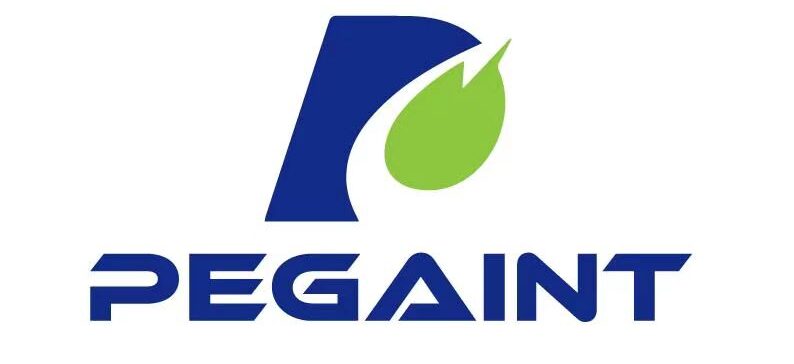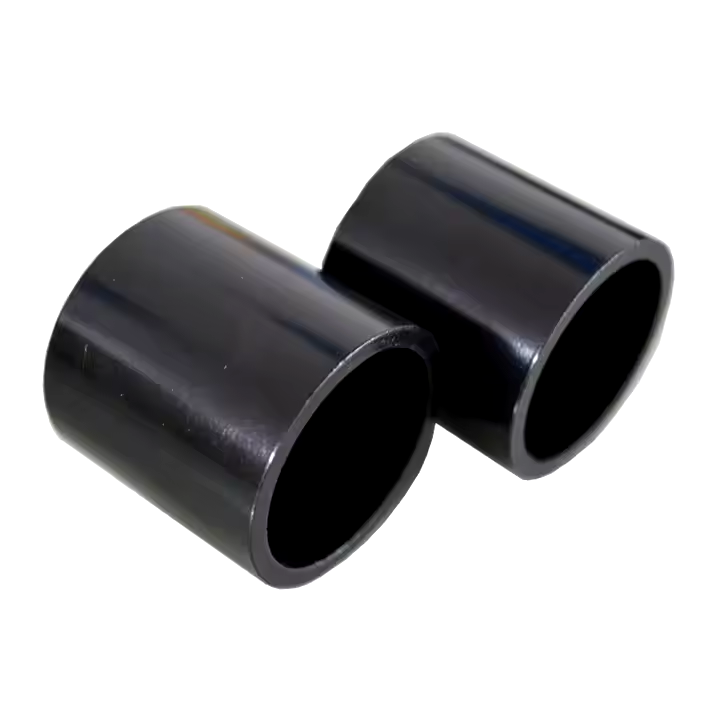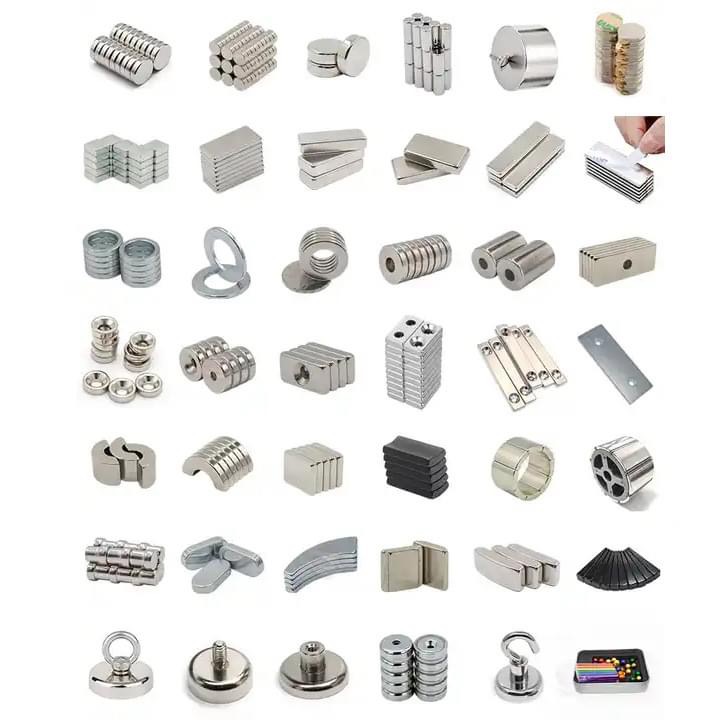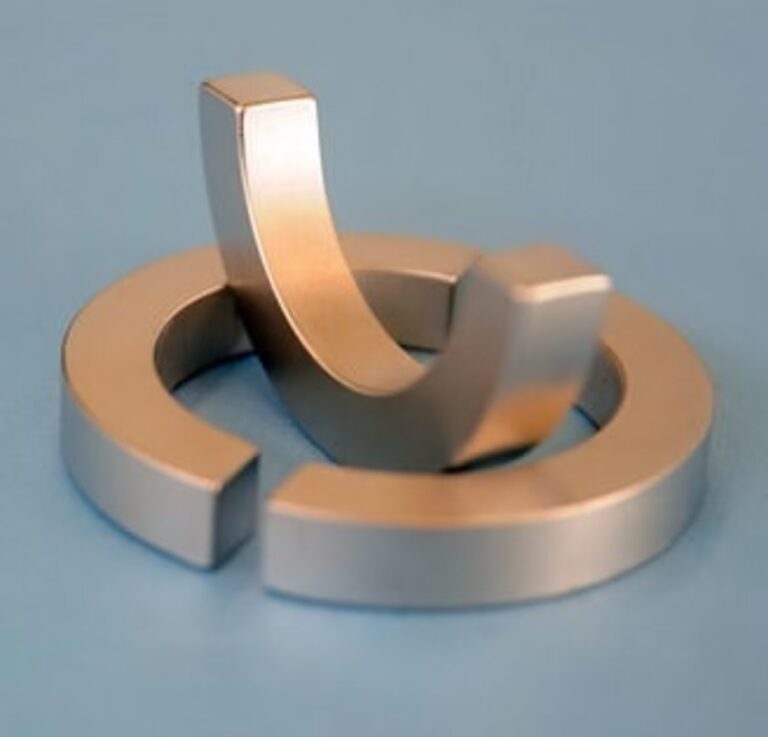What is the Daily Production of Neodymium Iron Boron (NdFeB) Magnets?
Daily Production of Neodymium Iron Boron (NdFeB) Magnets
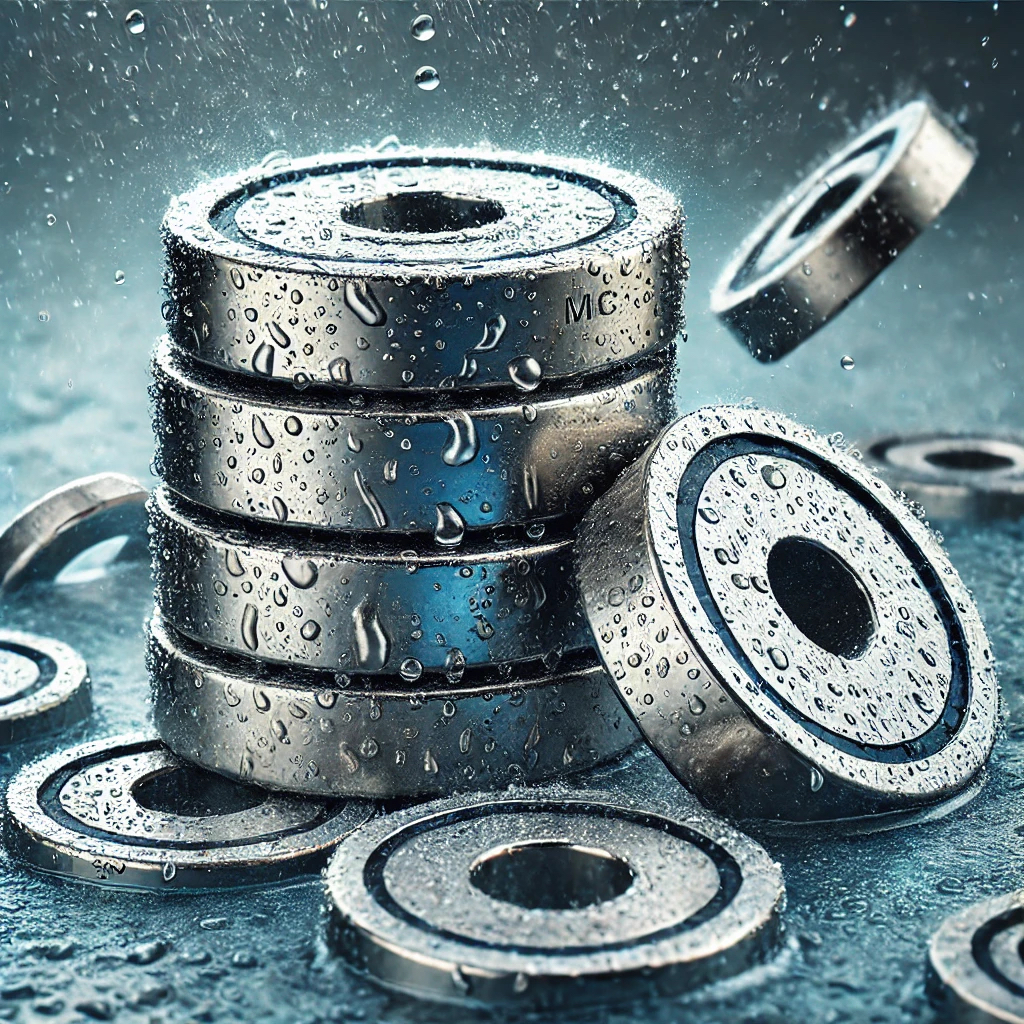
Neodymium iron boron (NdFeB) magnets are among the most powerful permanent magnets available today and are widely used in electronics, automotive, renewable energy and industrial applications. Daily production of Magneti NdFeB varies depending on the manufacturer, production capacity and market demand.
Global Production Capacity
The major manufacturers of Magneti NdFeB are mainly located in China, Japan and the United States, producing thousands of tons of these magnets each year. Large factories can produce hundreds of thousands of NdFeB magnets per day, depending on the size and type of magnet.
Factors Affecting Daily Production
- Raw Material Supply – The supply of neodymium, iron and boron directly affects production capacity. China controls most of the world’s rare earth supply and plays a vital role in determining global production.
- Manufacturing Technology – Advanced sintering and processing technologies increase efficiency and output, thereby increasing daily production.
- Market demand – Demand from industries such as electric vehicles (EVs) and wind turbines has significantly impacted production rates.
- Production scale – Large manufacturers operate multiple production lines, increasing production output.
On average, a medium-sized NdFeB magnet plant can produce 50,000 to 200,000 pcs per day, while large manufacturers can produce more than 500,000 units per day, depending on magnet specifications.
Production process of Neodymium Iron Boron (NdFeB) magnets
The production of NdFeB magnets involves several key steps, from raw material preparation to final magnetization and packaging. Here is an overview of the NdFeB magnet manufacturing process:
- Raw material preparation
- Neodymium (Nd), iron (Fe), and boron (B) are mixed in specific proportions. Other elements such as dysprosium (Dy) or terbium (Tb) can be added to enhance thermal stability.
- The material is melted in a vacuum induction furnace at 1,300–1,400°C to form the alloy.
- Strip Casting and Hydrogen Explosion
- The molten alloy is rapidly cooled into a thin strip using a strip casting process, resulting in a fine-grained structure.
- Hydrogen gas is introduced to break the alloy into powder via hydrogen explosion.
- Jet Milling
- The alloy is further ground into a fine powder using a jet mill, achieving a particle size in the 3–5 micron range.
- Pressing and Alignment
- The powder is compressed into shape using an external magnetic field to align the grains, ensuring maximum magnetic properties.
- Two common pressing methods:
- Axial pressing – for simple shapes.
- Isostatic pressing – for complex shapes with better consistency.
- Sintering and Heat Treatment
- The pressed magnets are sintered at 1,080–1,100°C for several hours in a vacuum or inert gas.
- The controlled cooling process strengthens the crystal structure of the magnet, thus improving the magnetic properties.
- Machining and Surface Treatment
- The sintered magnets are machined to the desired size using wire cutting, grinding or laser cutting.
- Surface coatings (nickel, zinc, epoxy) are applied to prevent corrosion.
- Magnetization and Quality Control
- The finished magnets are exposed to high magnetic fields for full magnetization.
- Each batch is quality checked for strength, durability and dimensional accuracy.
- Packaging and Shipping
- The magnets are carefully packed with gaskets to prevent damage and shipped to customers around the world.
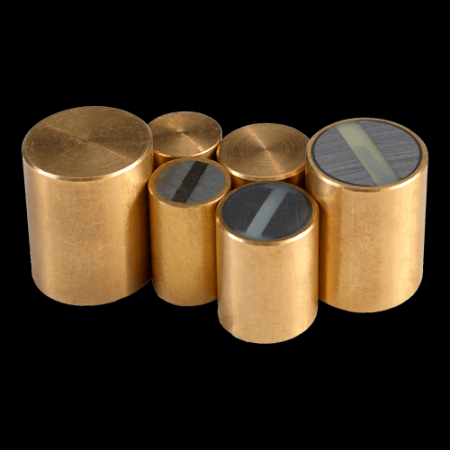
NdFeB magnet manufacturing is a complex and highly technical process that requires precise control of raw materials, sintering and magnetization to ensure high product performance. As the demand for Magneti NdFeB continues to grow, manufacturers are optimizing production techniques to improve efficiency and sustainability.
